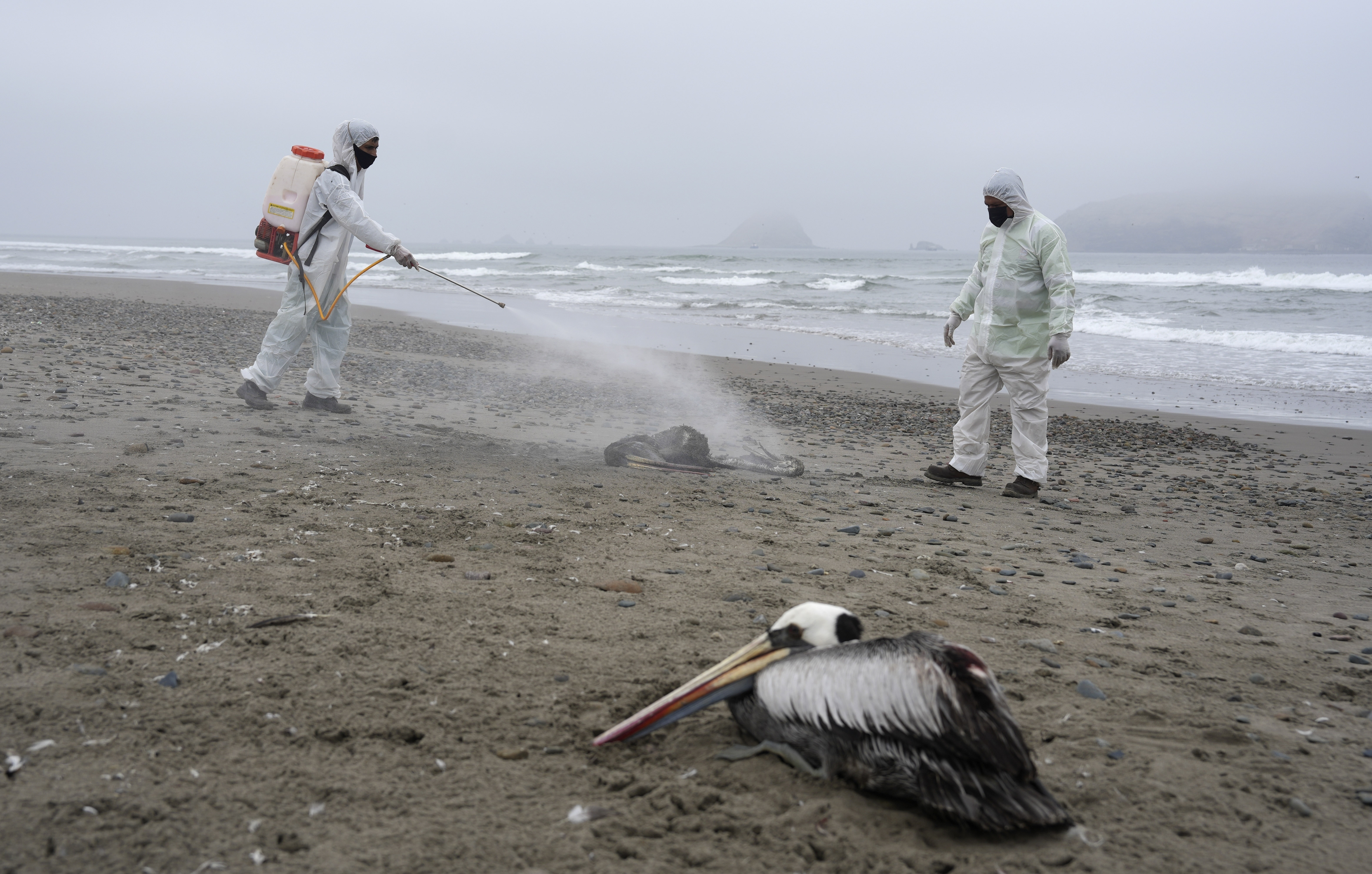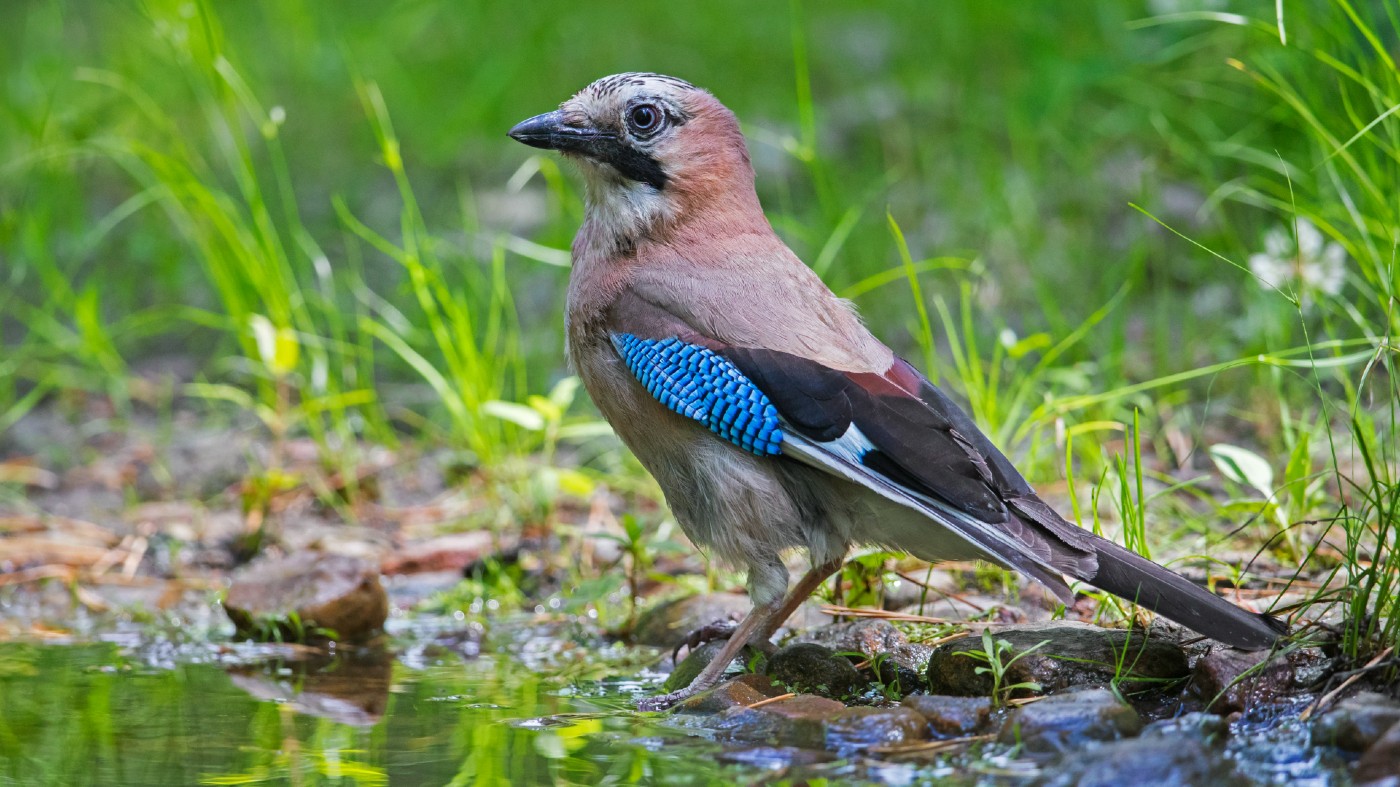The viral strain H5N1 has been present in New York City birds for at least two years, according to findings published on Wednesday in the Journal of Virology.
Student volunteers swabbing captive birds and smears of bird poop in the winter of 2021 found six cases of the infectious virus H5N1 in Canada geese, raptors and (in a case that surprised researchers) a rogue chicken.
H5N1 is the strain of flu — common in wild birds — that concerns health researchers because of the danger that it can jump to mammals. The virus has been found in 36 dairy herds across 9 U.S. states since late March, according to Reuters.
The New York City study only found the virus in six very sick birds, which in and of itself isn’t shocking — only a tiny proportion of those sampled carried the disease, which in any case is common in wild bird populations.
But recent evidence raises concerns that the virus could become established in human populations. It sickened a dairy worker in Texas in March, who scientists now know contracted the disease from one of the cattle.
Scientists in Texas have also found the full viral genome of H5N1 in wastewater from nine cities — 90 percent of those sampled, according to a preprint study from Baylor University.
In 82 percent of the Texas sites studied, levels of H5N1 exceeded levels of seasonal flu, the scientists wrote in the study.
The discovery of the virus in domesticated animals raises “substantial concerns that viral adaptation” to humans without exposure to the virus could incubate “the next flu pandemic,” the authors wrote.
Those results are not yet peer-reviewed, and the results suggested that the source of the virus in wastewater was runoff from birds or cattle — although scientists said that the possibility that it had come from humans couldn’t be ruled out.
“Many people are wondering how we can monitor this H5N1 situation,” Mike Tisza, one of the Texas workers, wrote on X.
“We sequence the whole virome from wastewater, and, well, H5N1 started showing up in our samples.”
So far, the risk of a pandemic is low, according to federal authorities. Since March, the CDC has monitored at least 260 people exposed to H5N1 in cattle — and hasn’t found any.
But the U.S. government is clearly worried. On Tuesday, Reuters reported that the federal government had temporarily loosened guidelines on how publicly funded labs could “handle, store and transport H5N1 bird flu samples.”
The virus is generally regulated as a “select agent,” or a highly dangerous substance like anthrax or ricin.
But the government relaxed regulations around the pathogen to develop treatments in case the virus becomes established in people, as Scott Becker of the Association of Public Health Laboratories (APHL) told Reuters.
Doing this kind of pre-work before a serious outbreak is “one of those lessons learned from COVID,” Becker said.













